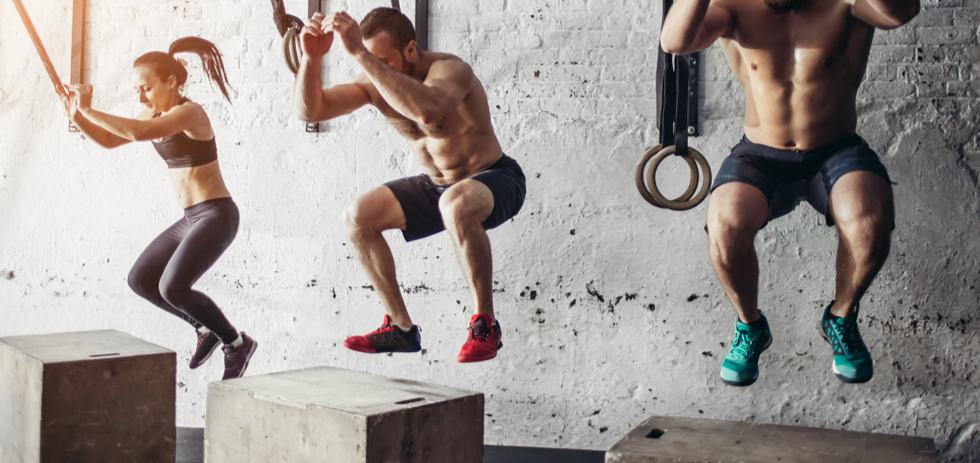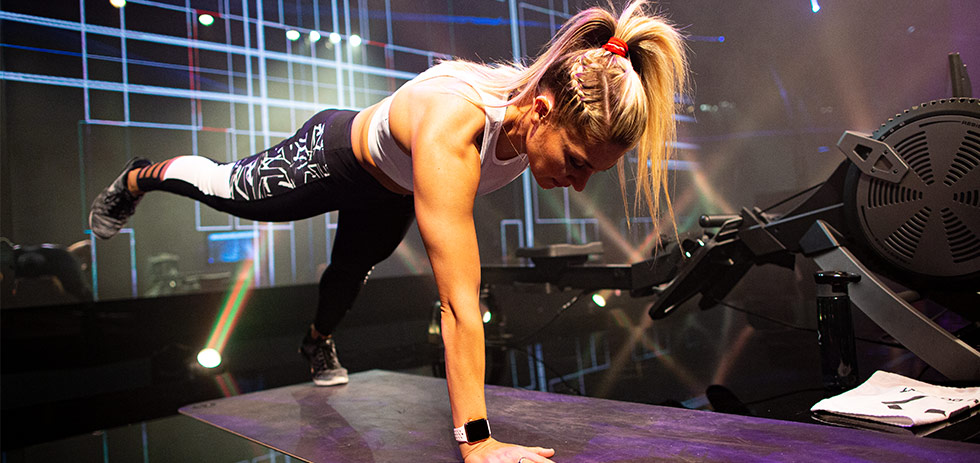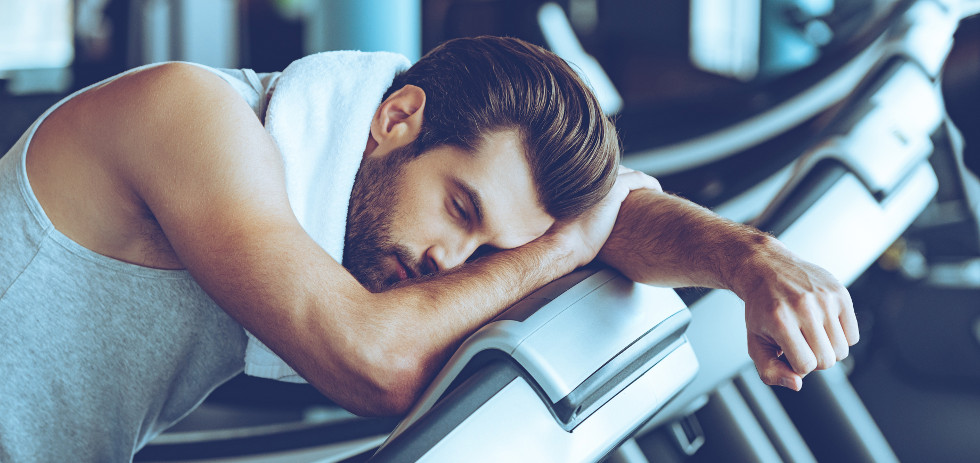What Are Plyometrics And How They Can Benefit You

You could be someone that is always looking for ways to change up your workout routine and keep it exciting, and never say no to a challenge. In fact, switching up your workouts on a regular basis is a great way to prevent your body from becoming too accustomed to any one exercise; in turn, you may avoid those dreaded plateaus while also keeping your workouts new and exciting. More than likely, you’ve heard of plyometrics, but have you ever given them a try for yourself? By gaining a better understanding of what plyometric exercises are, how they can benefit you, and how to start incorporating them into your workouts, you’ll be well on your way to enhancing your physique and performance!
What Are Plyometrics
Specifically, plyometric exercises refer to those that are focused on jump training. These types of exercises and workouts allow muscle groups to work together in ways that simply aren’t possible in other types of exercises. They also focus on stretching the muscles before contraction for best results, as well as improving your overall body control and power. Some of the most common plyometric exercises are cone jumps, hurdle jumps, and take-offs, but we’ll get into those more later.
What Are The Benefits
There are so many benefits to plyometrics exercises no matter what your specific fitness level is or what your long-term goals may be. Perhaps the biggest health and fitness benefits you’ll reap from incorporating plyometrics into your daily workout is that of increased strength and muscle building. Because of the intense and focused training to your muscle groups that these exercises provide, many people are able to see impressive yields in terms of strength and muscle mass. Some even have better luck using plyometrics to build muscle than with traditional strength training alone, though everybody’s results will vary.
Plyometric exercises are also great for those looking to lose weight because these workouts require a great deal of energy and tend to be quite intense. These exercises are also focused on targeting the entire body, allowing you to tone up and slim down simultaneously. Rather than doing just cardiovascular exercise in an effort to lose weight, plyometrics allow you to combine your strength training with your cardio training to save time and still achieve great results. In this sense, plyometrics are great for those who are busy and may not have a lot of time to set aside for exercise each day—maximizing the amount of time you do have.
Speaking of weight loss, plyometrics is also a high-calorie-burning workout due to the intensity of the exercises. As a result, you could burn anywhere from 600 to 1,000 calories in as little as 40 minutes. Of course, this will vary from one person to the next based on your body, how hard you’re working, and other factors.
Why Use Plyometrics
There are many reasons to consider plyometric training. Two of the main reasons people begin incorporating these exercises into their workouts is because they either want to lose weight or they want to get stronger. However, many athletes also utilize plyometrics for a number of reasons, such as:
Off-season training
Improving agility
- Increasing body/muscle control
- Boosting endurance
- Enhancing overall power
There is really no “wrong” reason to want to start with plyometrics training. The key is to make sure you’re healthy enough to begin performing these types of exercises. Keep in mind that plyometrics exercises can be high-impact, especially on the knees and other joints. Therefore, if you have a history of joint problems, it’s a good idea to speak with your doctor to determine whether or not these workouts are right for you before you get started.
How To Start With Plyometrics
Now that you’re convinced to start plyometric training, you may be wondering where to begin. Fortunately, there is no shortage of plyometric exercises that you can begin today without the need for much in the way of special equipment.
If you’re just starting out in plyometric training, try this 25-minute beginner plyometric workout:
Complete each exercise for 30 seconds followed by 30 seconds of rest
Complete all exercises then repeat (5 rounds)
Hop Scotch
Start standing on your right leg. Take three hops forward, staying on your right leg. On the fourth hop, land on both feet in a squat position. Then take three hops backwards, still standing on the right leg. On the fourth hop, land on both feet in a squat position. Repeat the forward and backward hops on your left leg and continue alternating. Hit each step, but don’t stay too long in the static position.
Plyometrics Example:
Speed Skaters
Start in a small squat. Jump sideways to the left, landing on your left leg. Bring your right leg behind to your left ankle, and don’t let it touch the floor. Reverse direction by jumping to the right with your right leg. This completes one rep.
Plyometrics Example:
Power Skipping
Leading with your right leg, skip as high as you possibly can by raising your right knee to hip height and simultaneously extending your left arm straight overhead. Your left leg should remain straight and your right elbow should be slightly bent at your side. Land on the ball of your left foot.
Plyometrics Example:
Squat Jump Taps
Start standing with feet hip-width apart. Push your hips back and drop your butt down into a squat. Explode off your feet to jump straight up. At the top, tap your feet together. Land softly on the balls of your feet, rolling back on your heels, feet hip-width apart and knees bent. Then repeat. Keep your head and eyes up the entire time.
Plyometrics Example:
Jumping Jacks
Stand tall with your feet together and your hands at your sides. Quickly raise your arms above your head while jumping your feet out to the sides. Immediately reverse the movement to jump back to the standing position.
Plyometrics Example:
Once you’ve worked past these beginner exercises, try this 30-minute advanced plyometric workout:
Complete each exercise for 45 seconds followed by 15 seconds of rest
Complete all exercises then repeat (6 rounds)
Reverse Lunge to Ballistic Knee Drive
Step back with your right foot and lower into a reverse lunge. In one movement, rise up, bring your right knee forward and jump, lifting your right knee to hip level. Land lightly on your left foot and step your right leg back into a lunge. (3 rounds performed on the left leg and 3 rounds completed on the right leg). Plyometrics Example:Burpees
Start by standing straight and looking forward. Push your hips back, bend your knees, and lower your body into a squat. Place your hands on the floor directly in front of, and just inside, your feet. Shift your weight onto the balls of your feet. Jump your feet back to softly land in a plank position. Your body should form a straight line from your head to heels. Perform a push-up then jump your feet back, so that they land just outside of your hands. Reach your arms over head and explosively jump up into the air. Land and immediately lower back into a squat for your next rep. Plyometrics Example:Squat Jacks
Standing with your feet close together and your hands clasped behind your head, push your hips back to get into a half-squat position. Perform jumping jacks with your legs by jumping your feet out to the sides, maintaining the squat position. Quickly jump your feet back to the starting position. Plyometrics Example:Plank Jacks
Begin in high plank. Keeping your abdominals tight and body straight from head to heels, jump your feet out wide and back together, landing softly on your toes. Plyometrics Example:Box Jumps
Stand in an athletic position, with your feet shoulder-width apart, at a comfortable distance from the box. When you’re ready to jump, drop quickly into a quarter squat, then extend your hips, swing your arms forward, and push your feet through the floor to propel yourself onto the box. Land with soft, bent knees and step off the box to protect your knees. Don’t “stick” your landing. Plyometrics Example:Overall, plyometric exercises are a great idea to incorporate into your workout if you’re looking for intense training that will improve strength and/or aid in weight loss. It may take a little practice to get the exercises down, but once you do, you’ll begin reaping the benefits in no time!
DISCLAIMER: This post is not intended to replace the advice of a medical professional. The above information should not be used to diagnose, treat, or prevent any disease or medical condition. Please consult your doctor before making any changes to your diet, sleep methods, daily activity, or fitness routine. ProForm assumes no responsibility for any personal injury or damage sustained by any recommendations, opinions, or advice given in this article.
Sources:
https://www.proform.com/blog/what-to-do-after-you-lose-the-weight/
http://livehealthy.chron.com/calories-burned-doing-plyometric-cardio-circuit-insanity-9481.html
https://www.youtube.com/watch?v=oY-xRf9bUFU
https://www.youtube.com/watch?v=4RuxhVJ4-pg
https://www.youtube.com/watch?v=EMW4y-UiAvE
https://www.youtube.com/watch?v=f7yCiru65r0
https://www.youtube.com/watch?v=UpH7rm0cYbM
https://www.youtube.com/watch?v=MvetHd_xaeg
https://www.youtube.com/watch?v=JZQA08SlJnM
https://www.youtube.com/watch?v=LK3jSsdQ7M4









